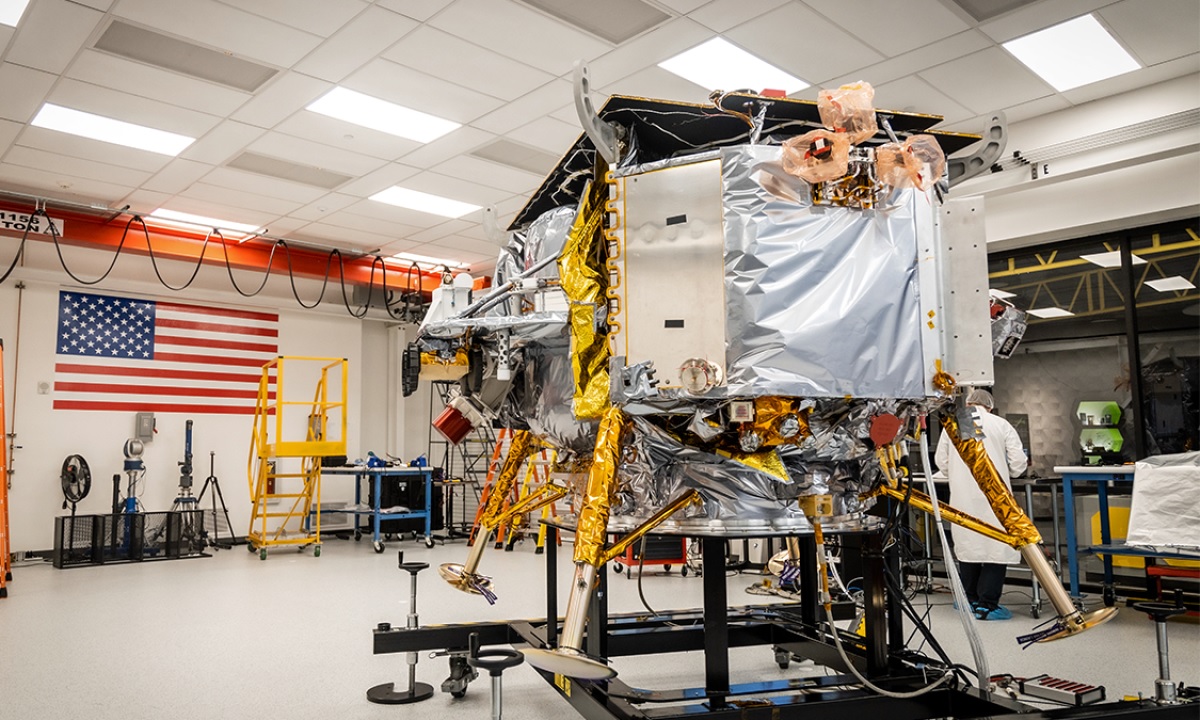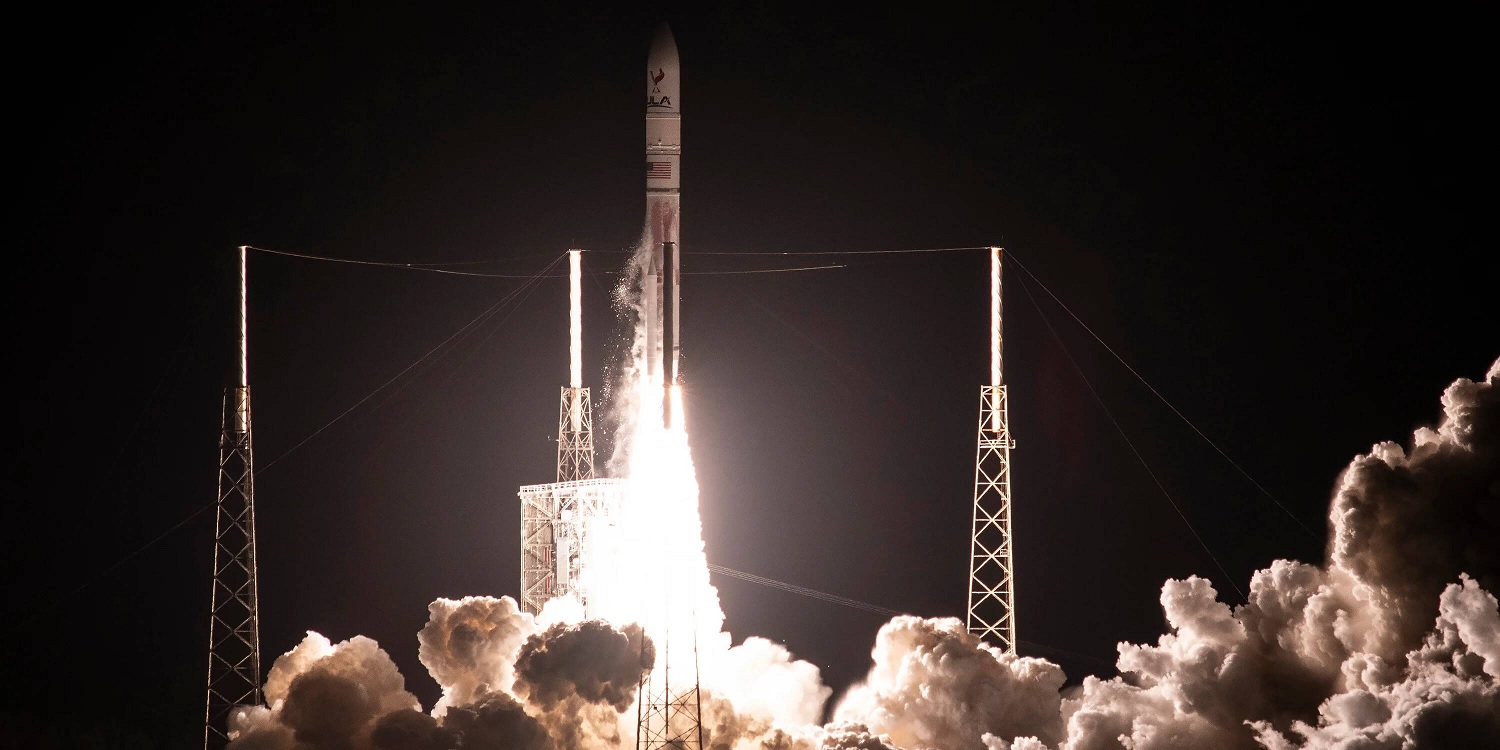
Peregrine Mission One is a lunar lander built by Astrobotic Technology, that was selected through NASA's Commercial Lunar Payload Services (CLPS). This private lunar lander will be launched in January 2024 by United Launch Alliance (ULA) aboard a new Vulcan Centaur launch vehicle. The scientific objectives of the mission are to study the lunar exosphere, thermal properties and hydrogen abundance of the lunar regolith, magnetic fields, and the radiation environment. It will also test advanced solar arrays. After a 3 to 33 day Earth orbit and cruise to the Moon, followed by a 4 to 25 day lunar orbit phase, it will descend and land in Sinus Viscositatis (Bay of Stickiness) adjacent to the Gruitheisen Domes on the northeast border of Oceanus Procellarum (Ocean of Storms). It is planned to land 55-110 hours after local sunrise and to operate for about 192 hours. The Peregrine Mission One lunar lander will also bring a small rover to the lunar surface. The rover is called Iris, and it’s largely the work of students at Carnegie Mellon University, in Pittsburgh. It is about the size of a shoebox, with four wheels each about the size of a small pizza. Iris, also known as 'CubeRover', is a class of planetary rover with a standardized modular format meant to accelerate the pace of space exploration. The idea is equivalent to that of the successful CubeSat format, with standardized off-the-shelf components and architecture to assemble small units that will be all compatible, modular, and inexpensive.
Lunar lander info
| Nation: | USA |
| Company/operator: | Astrobotic Technology |
| Mass: | 1,280 kg / 2,820 lb |
| Dimensions: | 2,5 m x 2 m |
| Payload mass: | 90 kg / 198 lb |
| Instruments & payloads: |
|
| Lunar rovers: |
|
| Launch vehicles: | Vulcan Centaur |
| Launch date: | January 8, 2024 |
| Website: | https://www.astrobotic.com |

